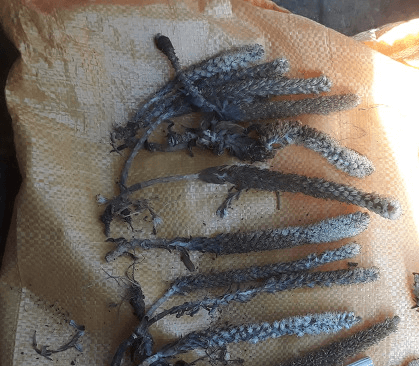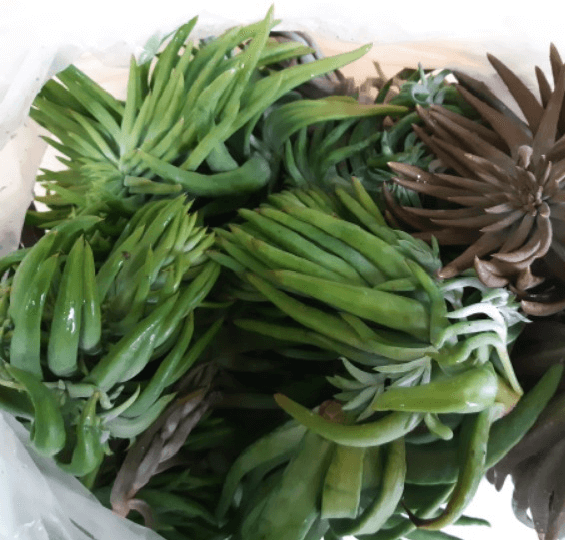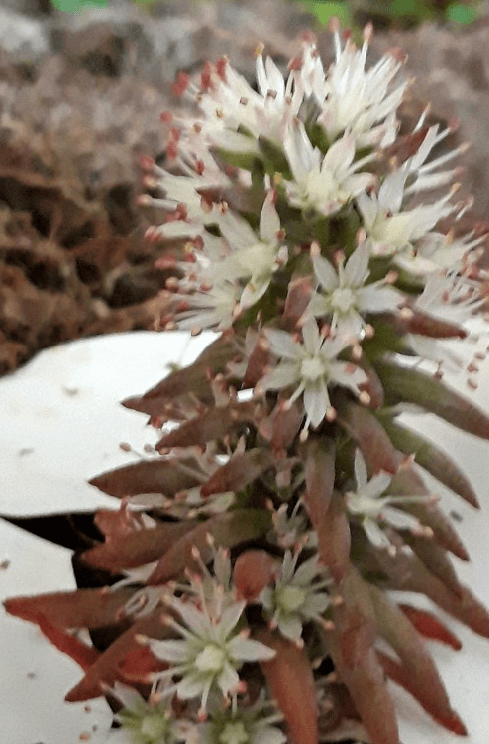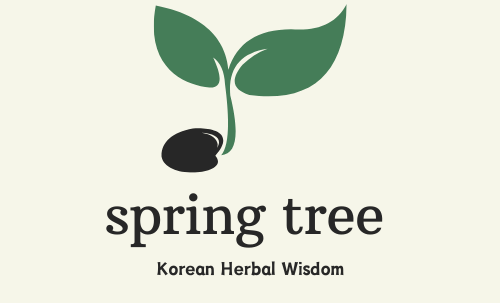
“Discover the healing power of rock pine (Wahsong). Known for its anti-inflammatory properties, detoxifying effects, and ability to improve digestion, this unique succulent has been cherished in traditional remedies. Learn how Wahsong can support your health and enhance your well-being naturally.”
Wa-song, also known as rock pine (바위솔), is a traditional Korean medicinal plant that has been used for centuries in natural healing to treat various ailments. Its botanical name is Orostachys japonica, and it is highly regarded for its versatility and healing properties in herbal medicine.
Main Benefits of Wa-song
Wa-song is most notable for its natural healing properties, including fever-reducing, blood-clotting, and anti-inflammatory effects, making it a key element in traditional Korean herbal medicine. It is especially effective in removing excess moisture from the body, which helps in treating illnesses like malaria, hepatitis, eczema, and dysentery.
Additionally, wa-song works wonders for boils and burns, speeding up the healing process by drawing out pus. Another impressive feature is its ability to act as a natural detoxifier, helping neutralize insect and snake bites. Recently, studies have begun exploring its potential in cancer treatment, though more research is still needed.
Ecology and Characteristics of Wa-song
Wa-song is a perennial medicinal herb that thrives in sunny, rocky areas or around rooftops, typical of Korean mountain regions, which is how it earned the name “rock pine.” It grows to about 20-40 cm in height and has sharp, spiky leaves densely covering its stems. The flowers are white and bloom progressively from the bottom of the stem to the top. This striking appearance also makes it a popular decorative plant in Korean herbal gardens.

Medicinal Parts of Wa-song
One of the best things about wa-song is its versatility in herbal medicine, as all parts of the plant, including leaves, stems, and flowers, can be used for various natural remedies. This makes it a highly efficient plant to harvest and use for a wide range of medicinal treatments.
Harvesting Time and Methods
The best time to harvest wa-song is between summer and fall. After cutting off the roots, the plant should be dried in sunlight. Once dried, it can be finely chopped and stored for use in both internal herbal treatments and external applications for natural healing.

How to Use Wa-song
For internal ailments, dried wa-song can be boiled in water and consumed as tea (5-10 grams in 200 ml of water). Some prefer to drink its fresh juice for quicker results. Externally, wa-song leaves can be crushed and applied directly to skin issues like boils. Alternatively, you can burn the leaves, grind the ashes into powder, and apply them to wounds or burns for a more potent effect. Wa-song’s diverse applications make it a staple in Korean traditional medicine.
Conclusion
Wa-song is a remarkable medicinal plant in Korean herbal medicine, offering versatile uses for both internal and external health issues. Whether taken as a tea or applied as a topical remedy, its natural healing properties make it a highly valuable and versatile plant for maintaining health. Its contribution to natural remedies makes it a key part of traditional Korean medicine and a valuable asset for those interested in herbal medicine.
